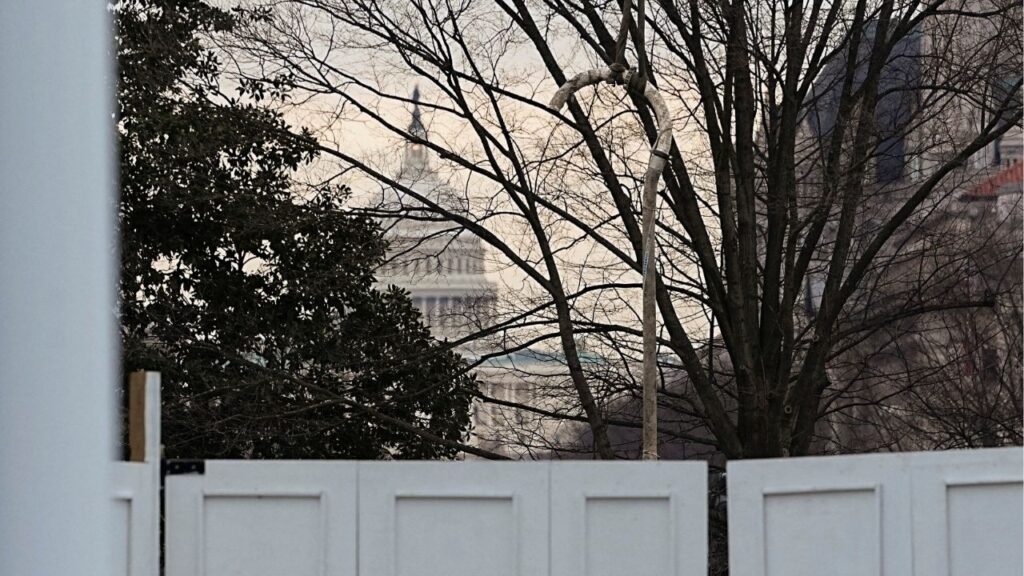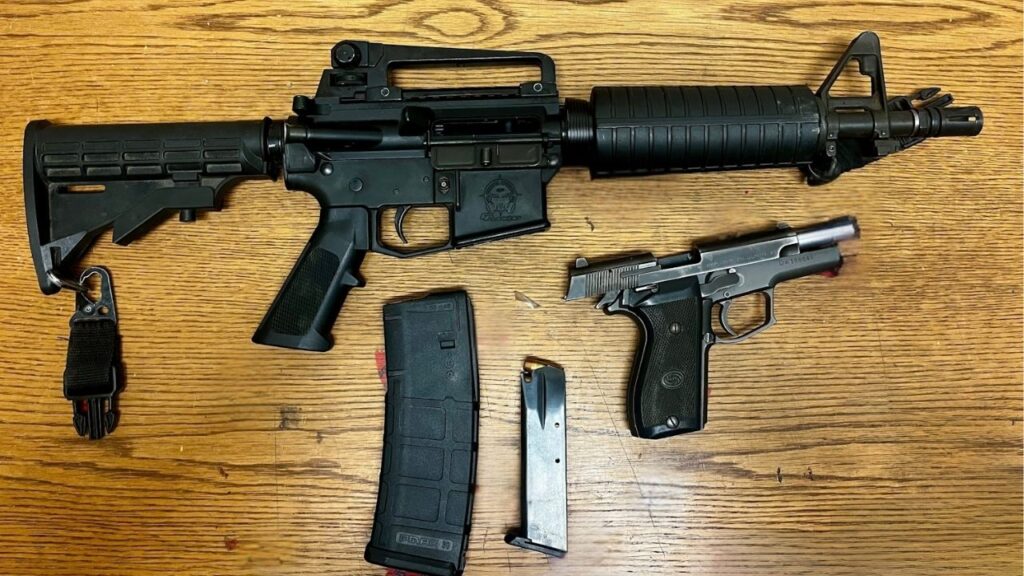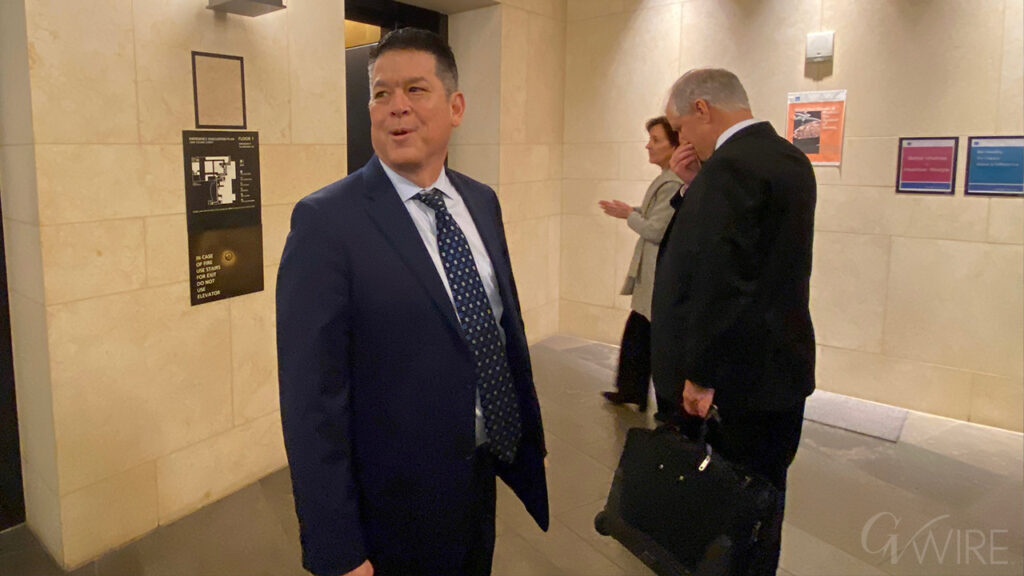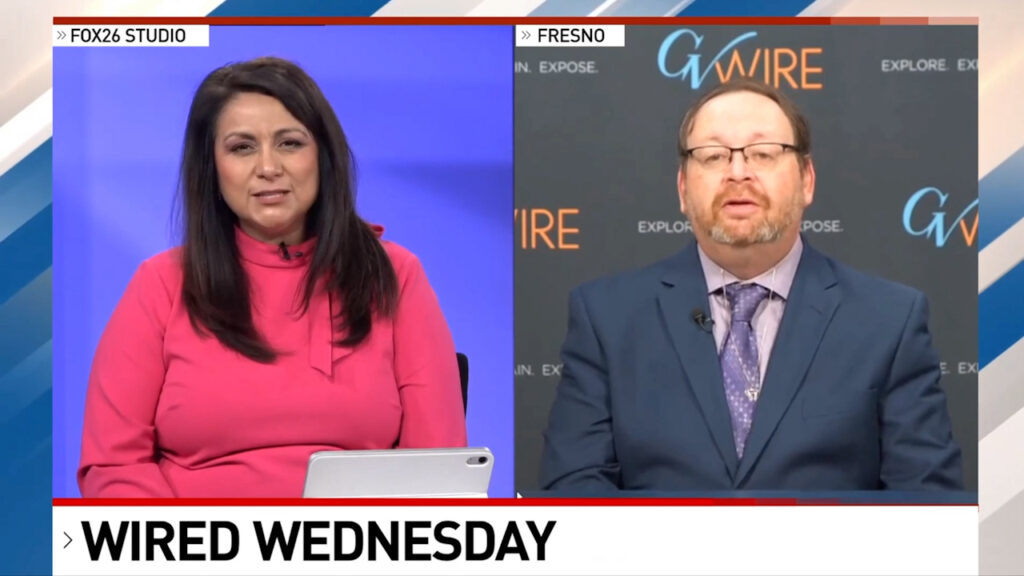NTSB investigates Tesla Semi crash and fire, focusing on lithium-ion battery risks and emergency response protocols. (AP File)

- Tesla Semi crash on California freeway leads to intense fire, prompting NTSB investigation into battery safety.
- NTSB previously found inadequate guidelines for handling high-voltage EV battery fires, calling for improved manufacturer responses.
- Tesla began delivering electric Semis in December 2022, with CEO Elon Musk claiming a 500-mile range when fully loaded.
Share
|
Getting your Trinity Audio player ready...
|
DETROIT — A crash and large fire along a California freeway involving an electric Tesla Semi has drawn the attention of federal safety investigators.
The U.S. National Transportation Safety Board said Thursday it’s sending a team of investigators from the Office of Highway Safety mainly to look into fire risks posed by lithium-ion batteries.
The team will work with the California Highway Patrol to “examine the wreckage and gather details about the events leading up to the collision and the subsequent fire response,” the agency said in a statement.
The Los Angeles Times reported that the Tesla rig was traveling east on Interstate 80 around 3:15 a.m. Monday near Emigrant Gap, about 70 miles northeast of Sacramento, when it went off the road and collided with trees near the right shoulder.
The battery caught fire, spewing toxic fumes and reaching a temperature of 1,000 degrees, forcing firefighters to wait for it to burn out, the Highway Patrol told the newspaper. The Tesla driver walked away from the crash and was taken to a hospital, and the freeway was temporarily closed.
The battery burned into the late afternoon while firefighters tried to cool it down for cleanup, and the freeway didn’t reopen until 7:20 p.m., authorities said.
A message was left Thursday seeking comment on the crash and fire from Tesla.
Related Story: Tesla’s Profit Fell 45% in Second Quarter on Weak EV Sales
NTSB’s Focus on EV Battery Fire Risks in Previous Study
After an investigation that ended in 2021 the NTSB determined that high-voltage electric vehicle battery fires pose risks to first responders and that guidelines from manufacturers about how to deal with them were inadequate.
The agency, which has no enforcement powers and can only make recommendations, called for manufacturers to write vehicle-specific response guides for fighting battery fires and limiting chemical thermal runaway and reignition. The guidelines also should include information on how to safely store vehicles with damaged lithium-ion batteries, the agency said.
Tesla began delivering the electric Semis in December of 2022, more than three years after CEO Elon Musk said his company would start making the trucks. Musk has said the Semi has a range per charge of 500 miles when pulling an 82,000-pound load.
RELATED TOPICS:
Categories

Dan Bongino to Step Down From FBI

US House Defeats Bids to Rein in Trump Venezuela Campaign

Judge Allows Trump’s Ballroom Project to Proceed for Now

Canva Down for Thousands, Downdetector Reports















